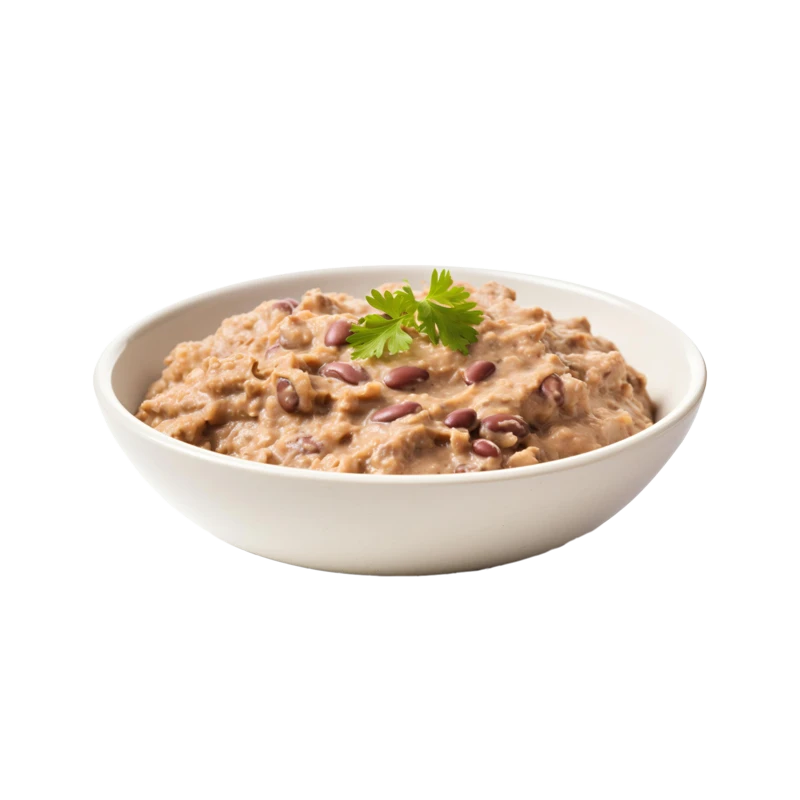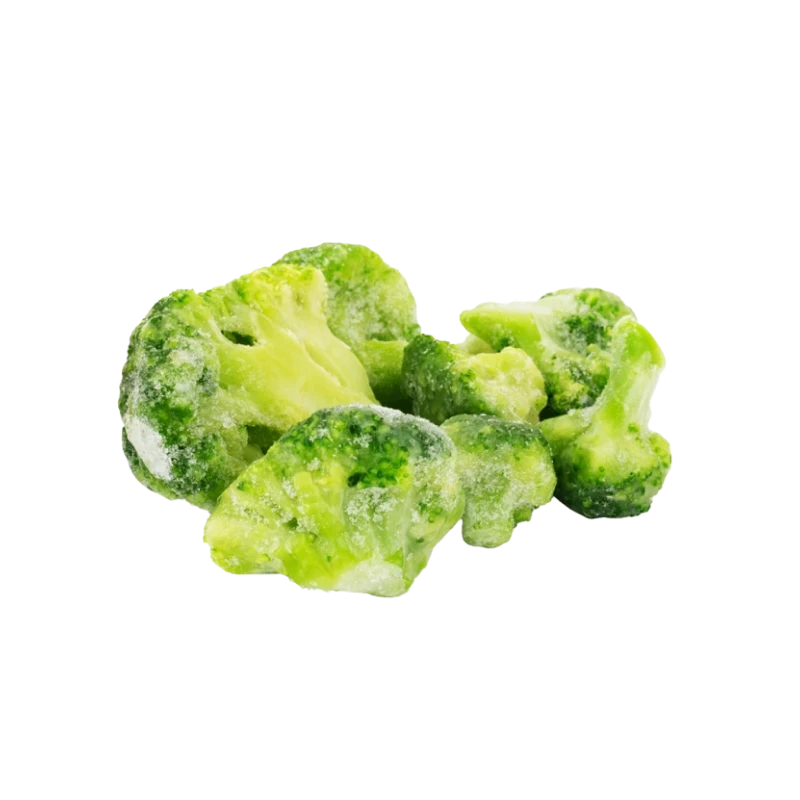Refried Beans — Nutrients, Health Benefits, and Shopping Tips

Written by Listonic Team
Last update on September 6, 2024
Refried beans nutrients
Nutrition facts
Amount per 100 g
Calories
🔥 91 kcal
| Nutrients per: 100 g | Value | % Daily Value* |
|---|---|---|
| Carbs | 16 g | 5.82% |
| Fiber | 6 g | 21.43% |
| Sugars | 1 g | 2% |
| Glycemic Index | 38 | - |
| Protein | 5 g | 10% |
| Sodium | 322 mg | 14% |
| Total Fat | 1 | 1.28% |
*The % of Daily Value (DV) tells you how much a nutrient in a serving of food contributes to a daily diet. 2,000 calories a day is used for general nutrition advice.
6 g
🥔 Good Fiber Content
Refried beans facts & tips
Health benefits
- High in protein, making them an excellent source of protein for muscle growth and repair.
- Rich in fiber, promoting digestive health, regular bowel movements, and maintaining a healthy gut microbiome.
- Contains essential vitamins and minerals such as iron, magnesium, and folate, which support overall health and well-being.
- Supports heart health by helping to lower cholesterol levels and reduce blood pressure.
Health risks
- High fat content particularly in refried beans made with lard or added fats, which can raise cholesterol levels and increase the risk of heart disease when consumed frequently.
- High sodium content in many commercial or restaurant-prepared refried beans, which can contribute to hypertension and increased cardiovascular risks.
- Potential for digestive discomfort such as bloating or gas when consumed in large quantities due to their high fiber content and the presence of oligosaccharides.
- Potential for added preservatives and artificial additives in some commercial refried beans, which may cause adverse reactions in sensitive individuals.
- Low nutrient density compared to whole, unprocessed beans, particularly if refried beans are made with refined ingredients or added fats.
How to choose refried beans
Refried beans should have a creamy texture and be uniform in color, suggesting they have been properly cooked and seasoned. The can or package should be free from dents and rust, ensuring the beans have been stored under ideal conditions.
Avoid refried beans that appear dry or have a crusty surface, as this can indicate they were overcooked or have aged significantly. Containers that are bulging or leaking should also be avoided, as they could be a sign of bacterial growth or spoilage.

How to store refried beans
Refried beans should be stored in the refrigerator after opening, kept in an airtight container. Refrigeration keeps them fresh and safe to eat for up to a week. Proper sealing prevents spoilage.
Air exposure can cause beans to spoil quickly. Avoid leaving them uncovered, and always use clean utensils when serving. Proper storage maintains their flavor and texture, ensuring they remain safe and tasty for meals.
✅ Extra Tip
How long do they last?
Refried beans can last for 1-2 years unopened when stored in a cool, dark place. Once opened, they should be refrigerated and used within 3-4 days. Proper storage helps maintain their flavor and nutritional value.
What to do with leftovers?
Leftover refried beans can be used in a variety of savory and Mexican-inspired dishes. Spread them on tacos, burritos, or quesadillas for a flavorful base, or mix them into a bean dip with cheese, sour cream, and salsa. Refried beans are also great when used as a topping for nachos, tostadas, or baked potatoes.
Use refried beans in a bean and cheese burrito by spreading the beans on a tortilla, adding cheese, and rolling it up before baking. If you have a lot of refried beans, consider making a batch of bean enchiladas by filling tortillas with the beans and baking them with sauce and cheese. Refried beans can also be mixed into a casserole with rice, meat, and vegetables, or used as a filling for stuffed peppers or empanadas. For a quick snack, enjoy refried beans with tortilla chips, or spread them on toast with a sprinkle of cheese and a dash of hot sauce.
👨⚕️️ Medical disclaimer
Discover products from other categories
Listonic Team
Fact-checked
Our editorial team checked this article to make sure it was accurate at the time of publishing it.
Get the top-rated shopping list app







